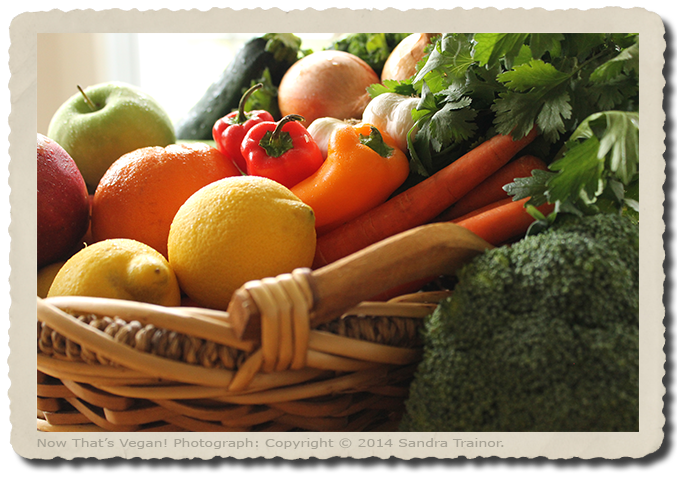by Sandra
If you haven’t already, you might want to start incorporating fruits and vegetables into your diet. According to the United States Department of Agriculture (USDA), fruits and vegetables are naturally low in fat and calories, are filling, provide essential vitamins and minerals, fiber and other important substances for good health, and may even reduce the risk of cancer and other chronic diseases.

Pesticides
Though fruits and vegetables may help to heal our bodies, some have trace amounts of pesticides, which may not be good for us. These fruits and vegetables are sometimes referred to as the Dirty Dozen, but in the past few years the list has expanded to include more, which gives us The Dirty Dozen Plus. Conversely, the fruits and vegetables that have the lowest amount of pesticides have been labeled The Clean 15.
The Dirty Dozen Plus
Fruits and vegetables that have the highest amounts of pesticides include:
Apples,
Blueberries,
Celery
Cherry Tomatoes
Collard Greens
Cucumbers
Grapes
Hot Peppers
Kale
Nectarines
Peaches
Potatoes
Spinach
Strawberries
Summer Squash
Sweet Bell Peppers
The Clean 15
Fruits and vegetables that have the lowest amounts of pesticides include:
Asparagus
Avocados
Cabbage
Cantaloupe
Sweet Corn
Eggplant
Grapefruit
Kiwi
Mangoes
Mushrooms
Onions
Papayas
Pineapples
Sweet Peas
Sweet Potatoes
Knowing that some fruits and vegetables are cleaner than others is a good thing to know, but you may still want to buy organic whenever possible, and the cleanest when it isn’t possible to buy organic. It’s also important to wash your fruits and vegetables in a 1 to 3 ratio of white vinegar and water, or with a good fruit and vegetable wash such as Attitude Fruit and Vegetable Wash. Let sit covered in solution for at least 30 seconds before scrubbing, or gently rubbing with your hands if washing smooth-skinned fruits and vegetables, then rinse thoroughly.
Locally Grown
Besides choosing organic foods when possible, also choose what is locally grown, because organic and locally grown fruits and vegetables are usually clean, fresh, and high in nutrients, which is good for preventing illness and maintaining good health. From a culinary point of view, locally grown, fresh, organic fruits and vegetables are usually very flavorful. And, buying locally grown foods helps to support your community.
Juicing
Nutrition and dietary experts recommend that we eat between five and nine servings of fruits and vegetables a day. One way to easily get in this amount is to juice. And, “raw” juice is believed to provides more enzymes and nutrients than most cooked foods, which means that juicing is really good for digestion and staying well. In fact, The Juicing Bible (Second Edition) by Pat Crocker offers great tasting juice recipes for the prevention of various illnesses.
Variety
A thought that is popular, and easy to remember, is that if you daily eat a variety of fruits and vegetables in an array of colors, plus nuts, seeds, and gluten-free grains, then you’re likely to get enough essential nutrients for good health. Though, check with your doctor or nutritionist before changing your diet, to determine what is right for you. You may want to specifically ask whether or not you should be taking certain vitamins and minerals, because some may be hard to come by on a vegan diet and others might be missing if you fail to eat a large variety of plant-based foods.
Fruits and vegetables are both nutritious and delicious, and with so many different varieties to choose from, and an infinite number of ways to prepare them, you’ll never be bored with your food.
References:
The above information was gathered from Journey to Raw: 52 Weekly Changes to add more raw food to your diet by Jean Sumner
The Juicing Bible (Second Edition) by Pat Crocker
Color Me Vegan by Colleen Patrick-Goudreau
The Environmental Working Group website (http://www.ewg.org/foodnews/summary.php)


Recent Comments